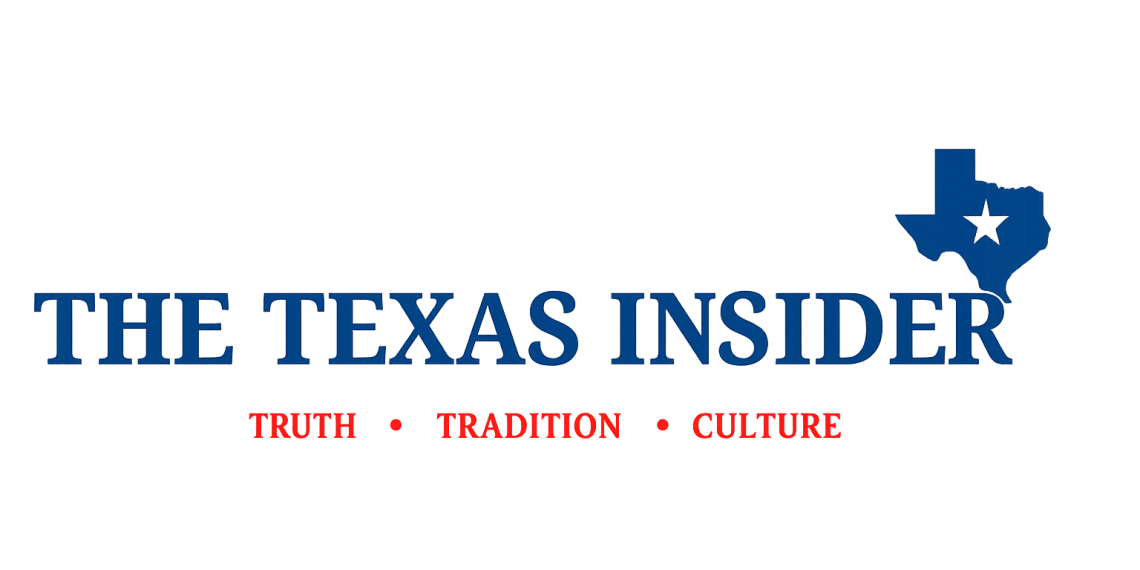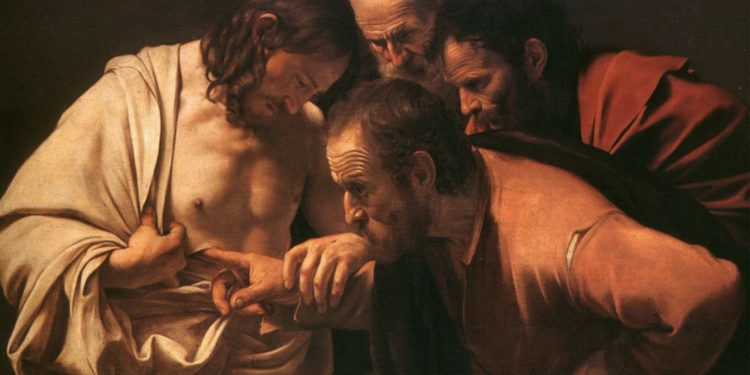HOUSTON, TX — As July 3rd approaches, Catholic communities across Texas—particularly in Houston—prepare to honor St. Thomas the Apostle, one of the twelve apostles of Jesus Christ, with a series of vibrant religious and cultural celebrations.
The Feast of St. Thomas the Apostle, observed annually on July 3, is not only a liturgical commemoration but also a moment of deep reflection and community celebration. Often referred to as “Doubting Thomas,” the apostle is remembered for his initial skepticism about the resurrection of Christ, followed by his profound declaration of faith—“My Lord and my God.” The feast has also become associated with Indian Christians Day, particularly among Indian Catholic communities, recognizing St. Thomas’s missionary work in India during the first century.
A Week of Celebration at the University of St. Thomas
In Houston, the University of St. Thomas (UST) leads one of the most prominent celebrations with its annual Festival of St. Thomas (FOST). While the July 3 feast honors St. Thomas the Apostle, UST also celebrates its patron saint, St. Thomas Aquinas, on January 28, the theologian’s official feast day.
Founded in 1947 by the Basilian Fathers, the University of St. Thomas is a private Catholic university located in the heart of Montrose. With a mission to educate leaders in the Catholic intellectual tradition, UST integrates faith and reason in its curriculum, drawing heavily from the teachings of St. Thomas Aquinas, a 13th-century philosopher and Doctor of the Church.
The Festival of St. Thomas, launched in recent years, includes Masses, academic panels, service opportunities, cultural showcases, and processions that highlight both the apostolic roots of the faith and the intellectual legacy of Aquinas.
“These celebrations remind us of the strength and depth of our faith tradition,” said Dr. Richard Ludwick, President of UST. “Honoring both St. Thomas the Apostle and St. Thomas Aquinas connects us to the Church’s earliest missionaries and its greatest minds.”
Honoring Faith at St. Thomas High School
Just a few miles away, St. Thomas High School, a Catholic, all-boys college preparatory school established in 1900, also celebrates its spiritual namesake. The school organizes Masses, student-led reflections, and community service activities as part of Catholic Schools Week in late January. These observances pay tribute to St. Thomas Aquinas, encouraging students to embrace both academic excellence and spiritual growth.
“Our students are called to think critically and live faithfully,” said Fr. James Murphy, campus chaplain. “The legacy of St. Thomas Aquinas inspires that balance.”
Community-wide Observances Across Texas
Outside of academic institutions, Catholic parishes like St. Angela Merici Catholic Church in Missouri City also celebrate St. Thomas the Apostle’s Feast Day with Masses, receptions, and prayer services, bringing together families and parishioners in joyful worship.
These observances not only deepen personal devotion but also highlight the enduring presence of Catholic traditions in Texas, a state rich in religious history and cultural diversity.
The Significance of the Feast
While St. Thomas the Apostle is remembered for his moment of doubt, his ultimate profession of faith became a cornerstone of Christian belief. His missionary journey to India—where he is said to have preached and converted many—is a testament to the global reach of the Gospel, even in the earliest years of Christianity.
St. Thomas Aquinas, celebrated in January, is equally revered. Known for his Summa Theologica and synthesis of faith and reason, Aquinas continues to influence Catholic thought, education, and theology worldwide.
Whether through solemn Masses or joyful festivals, the dual legacy of the two saints named Thomas continues to inspire generations in Houston and beyond.
Why is St. Thomas shown touching or pointing at Jesus’ chest wound?
This scene comes from the Gospel of John 20:24–29, after the Resurrection of Jesus. Thomas was not present when Jesus first appeared to the other apostles. When they told him Jesus had risen, he refused to believe unless he could see and touch the wounds for himself:
“Unless I see the nail marks in his hands and put my finger where the nails were, and put my hand into his side, I will not believe.”
—John 20:25 (NIV)
When Jesus later appears again, he invites Thomas to do exactly what he asked:
“Put your finger here; see my hands. Reach out your hand and put it into my side. Stop doubting and believe.”
—John 20:27
Overwhelmed, Thomas responds:
“My Lord and my God!”
—John 20:28
Why This Moment Matters:
- It symbolizes faith overcoming doubt — a powerful theme for believers.
- It confirms the physical reality of the Resurrection — Jesus was not a ghost or vision, but truly risen in body.
- It gives Thomas a unique role: from a skeptic to the first to explicitly call Jesus “God.”
- The wound (in Jesus’ side or chest) visually connects to the spear thrust from the Crucifixion (John 19:34), confirming his death and resurrection.
In Art:
Painters like Caravaggio, Rubens, and others capture this moment dramatically. Thomas is often shown with a finger literally inside Jesus’ side wound — not for gore, but to emphasize the tactile proof that converted doubt into conviction.
In sum, this image teaches that faith sometimes travels through honest doubt—and that Christ meets us even in our questions.




